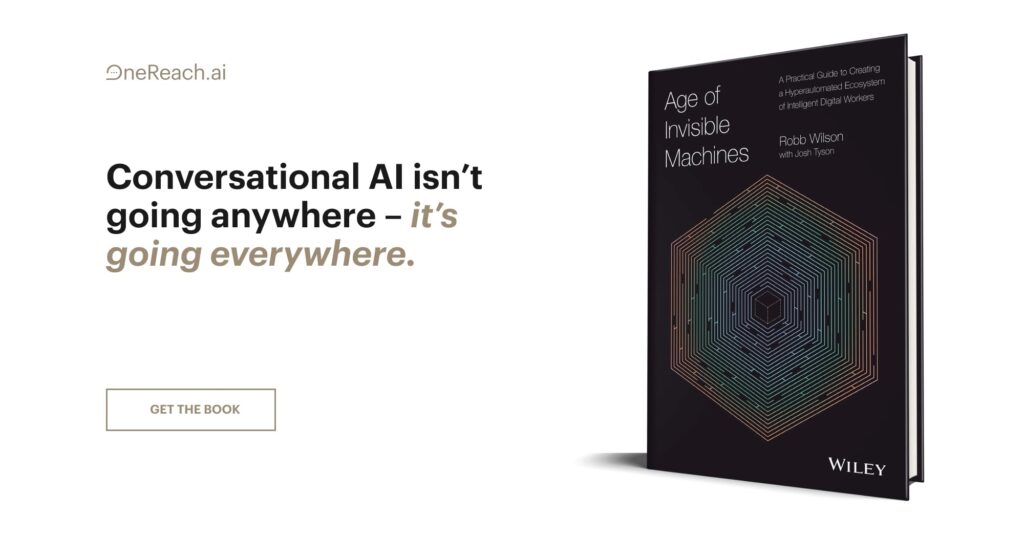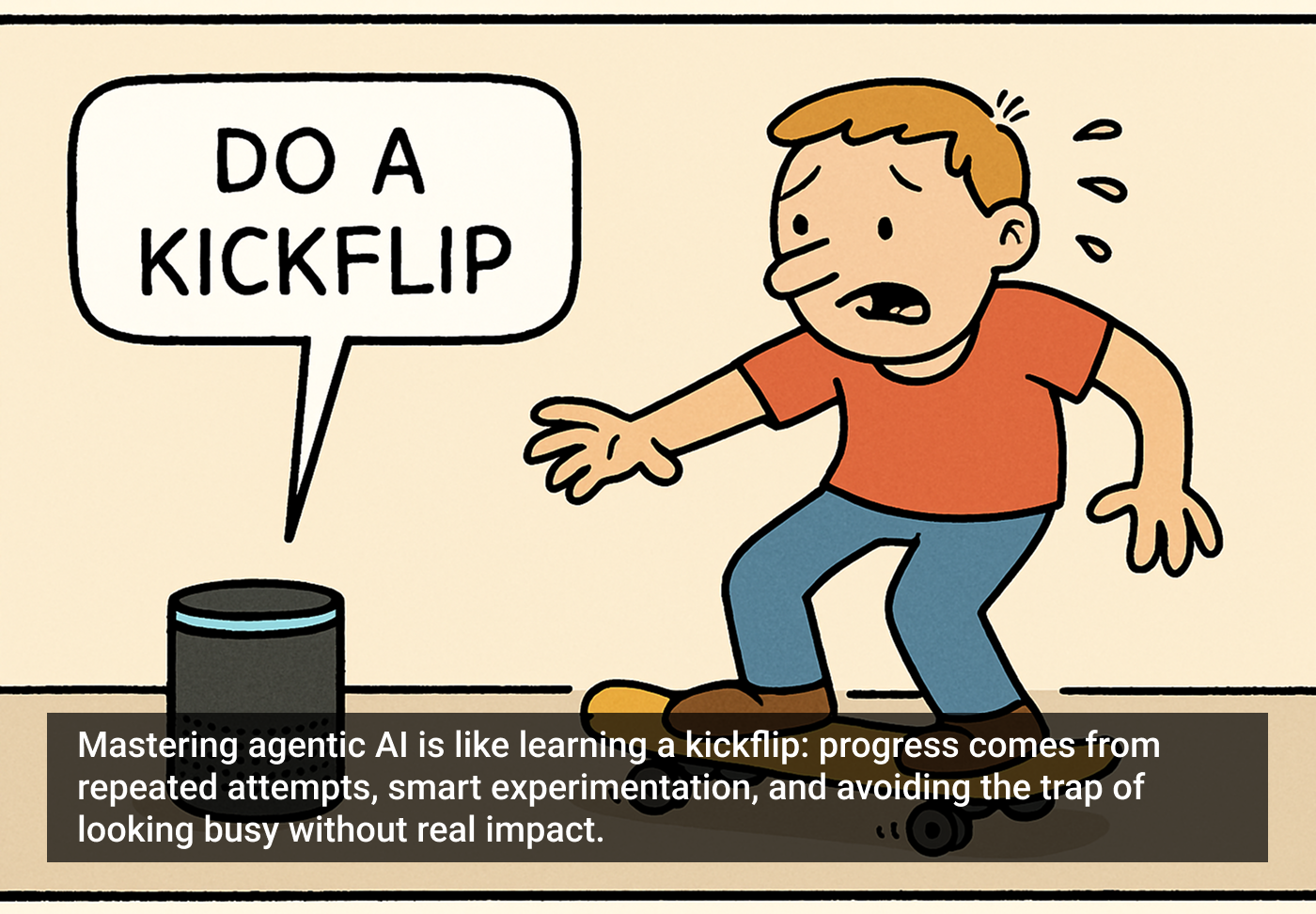It can be a full-time job keeping track of all the latest advances in artificial intelligence (AI). But as a business leader, the more important point is learning how new developments are about to transform the competitive landscape in your industry.
Ranging from new methods to measure and increase return on investment (ROI) to new uses in the “metaverse,” companies that capitalize on these trends can grow their bottom lines and fulfill their broader corporate purpose. If you use them well, they can be part of your foundation for sustainable, long-term growth.
1. AI will fully converge with data and cloud — demanding a new management approach
By itself, data can’t create much value. It needs to be organized, analyzed and used at scale — which AI can do. For this kind of AI investment to really pay off, it needs to be embedded in application systems that can work 24 hours a day, 365 days a year. These systems, in turn, need cloud-based computing power that can scale up and down to cost-effectively meet ever-changing demands. With these imperatives, it’s clear why leading companies increasingly invest in and manage data, AI, and cloud (DAC) as a unified whole.
Just as important, leading companies are taking a life-cycle approach to managing these three interconnected areas. They’re continually looking at strategy: What does the business need? They’re fine-tuning execution: What data, ethical AI models and computing power will deliver on those needs? And they’re enhancing operations: How can we keep improving our data, models, and cloud footprint? When data, AI, and cloud work together smoothly, end-to-end, the result is a supple and powerful system to help you identify exactly which data you need, gather or synthesize it, and use it to mitigate risks and find new opportunities.
2. Simulations will unleash AI’s power in supply chains, the metaverse, and more
Simulation is nothing new, but the simulations that AI provides can be transformative. They can help business leaders test countless scenarios to make the right short- and long-term decisions. AI, for example, can create “digital twins”: detailed simulations of physical assets, such as aircraft engines or oil platforms. Within an Internet-of-Things (IoT) environment, these simulations can create digital equivalents of manufacturing facilities or smart cities. When combined with other AI, digital twins can forecast the behavior of groups of consumers — or create digital replicas of individuals.
Other kinds of large-scale, AI-based simulations can recreate and forecast the potential behavior of financial assets and marketplaces.

AI will be a key foundational element as the technology matures into the metaverse — a convergence of technology trends enabling users to experience our digital world in a new way and with a new level of autonomy and freedom.
To effectively use AI’s power to create business-relevant simulations, consider (as part of AI’s integration with cloud) making digital twins a platform capability. Every part of your organization can then build, use and improve them. Consider embedding AI simulations into strategy, where you can evaluate changing customer preferences, competitor action, and regulatory policy. If you bring together multiple AI-created simulations, you can also create a more resilient, transparent, and cost-effective supply chain by modeling your suppliers, marketplace dynamics, and possible disruptions.
3. No more “messy” data: AI will let you find, use and monetize it
Data used to be the only raw material for AI. You had to gather, cleanse, confirm, label, and standardize it so that AI could use it. This procedure has often been what has held AI back, like a delicate engine waiting for properly refined fuel. But that’s changing. AI is evolving to turn even “messy,” unstructured data into something it — and the rest of your operations — can use.
AI can be used to gather data from multiple sources, turn unstructured data into insights, confirm and standardize it for easier use and governance, and put it in front of the right people at the right time. As your use of AI inside your data expands, it can create a data fabric — an intelligent, action-ready, continually evolving 360-degree view of all the data that your organization needs. Some data-focused companies are going one step further and restructuring their organizations to create a “data mesh”: a system in which individual domain teams own the data that AI helps gather, cleanse and organize. That can help deliver and scale customized data products quickly.
4. You’ll be able to assess and forecast AI’s full value, not just cost savings
It’s often tough to forecast what an AI investment will return. Technology is complex and always evolving. It can even be tough to know what value an up-and-running AI system is delivering. How, for example, do you measure the value of a better strategic decision? Or how to put a precise price on that supply chain disruption that never took place, because AI picked up signals on social media that gave you a warning? Value is indeed generated not only from these advanced strategic or operational use cases of AI but also from the more straightforward (and highly valuable) use cases — such as processing invoices or purchase orders — which we call boring AI. But the more advanced cases have often been especially problematic when it comes to assessing value.
Fortunately, new assessment methods can capture both “hard” returns and costs, such as increased productivity or hardware costs, and “soft” returns and costs, such as an improved employee experience or demands on subject matter specialists’ time. Leading companies are also adopting a portfolio approach to AI investments to help improve the odds that successes will more than pay for failures.
5. AI’s ESG impact will demand your attention
As AI’s influence grows, you’ll have to make sure that it does more than drive business improvements. It also has to reflect your values. You’ll need to minimize AI bias so that it doesn’t reproduce human bias. You’ll also want to reduce the carbon footprint of AI’s often massive computational needs. And it will be critical to make sure that your AI is responsible: reliable, ethical, and trustworthy, offering users and customers alike appropriate levels of explainability for the decisions it makes.
As AI’s ability to create realistic simulations of real people enters the mainstream, you’ll also have to make sure such simulations are never used to mislead people or violate anyone’s privacy rights.
With AI’s environmental, social, and governance (ESG) risks mitigated, you can look to the benefits too. The power of its simulations, for example, can allow greater transparency into your operations, as well as more accurate decisions about how to reduce environmental impact or improve the lives of a community. By enabling more virtual reality tools, it may also make it easier for people with disabilities to fully participate in your workforce.
6. AI will be too important for AI specialists to govern
Governing AI poses special challenges. It’s a moving target, continually inputting new, sensitive data and supporting ever more business-critical decisions and actions. It’s also an incredibly complex technology and it’s doing things (such as creative work) that no technology has done before. Your standard governance teams may not have the business and technical skills to keep up — and your AI specialists may not understand the outcomes that your stakeholders need.
The answer is end-to-end governance of the data-AI-cloud (DAC) life cycle, integrating risk, AI, and business leaders. This governance will have new procedures, roles, and responsibilities for each of your three lines of defense. Each has a role to play in determining if an AI solution should enter into development, production, or operations. If the solution does enter operations, each will also help decide when it should be retrained, redesigned, or retired. To do their part, many of your business leaders may need to learn some AI and data science basics. Only then will they be able to shape AI systems to ensure the right business outcomes and a true digital transformation.








